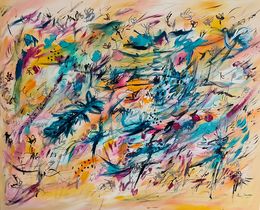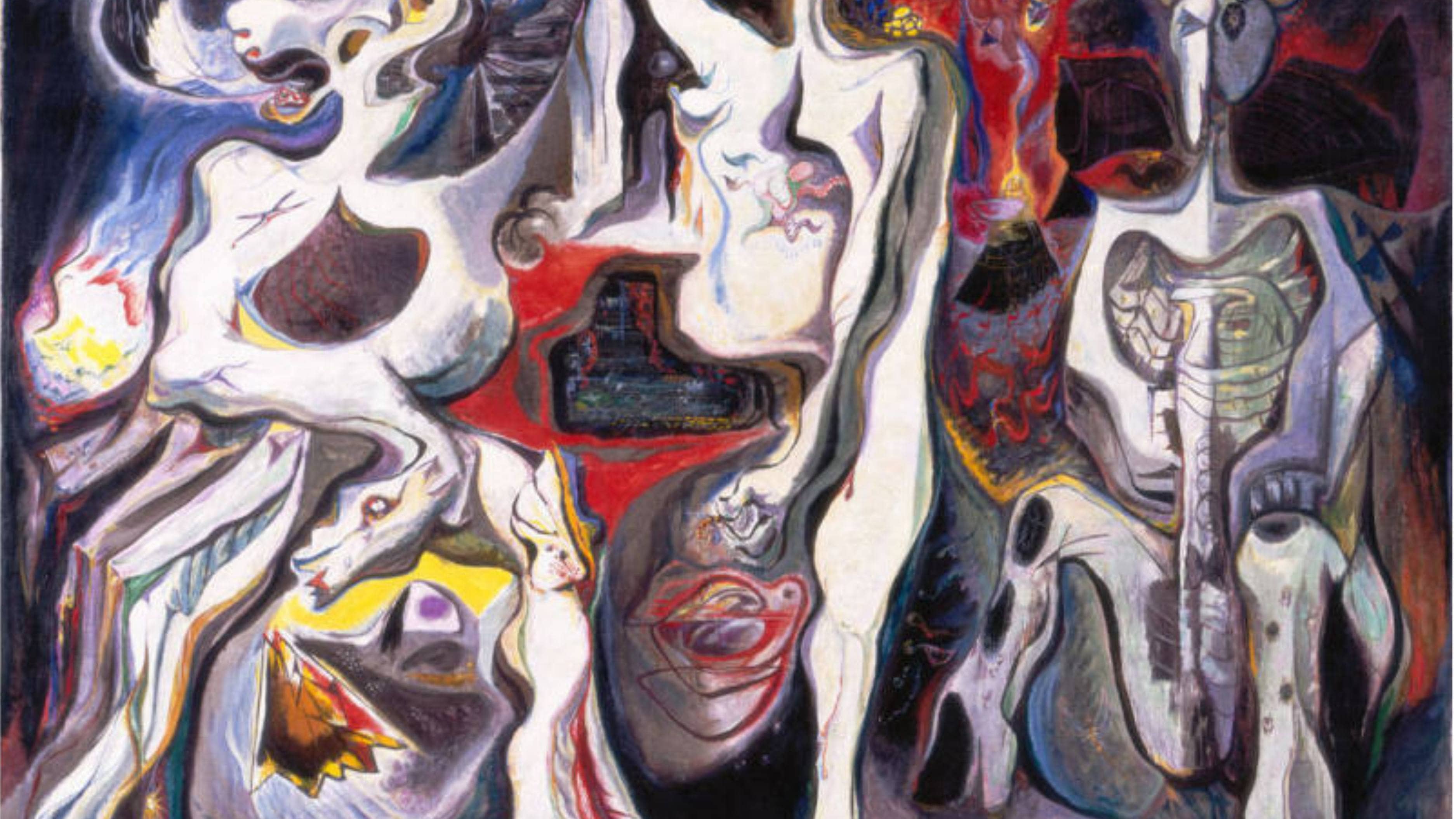
Artsper's Guide: How to Navigate A Contemporary Art Fair
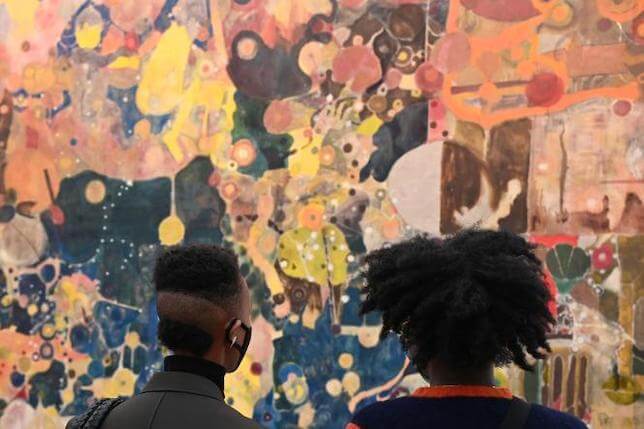
Like any specialized field, the art market has community events every year. And for art buyers and galleries, fairs are unmissable appointments. Like an auction, a contemporary art fair has a very special atmosphere. It results from the gathering of hundreds of artworks available for purchase at the same time. When so many unique opportunities are presented in one place and for a limited time only, the result is electrifying.
An impressive venue, dozens of exhibitors, various satellite events… Have you ever been to an art fair? If so, you probably noticed that it can be difficult to find your way around it. But if practice makes perfect, it is always useful to have some tips in hand. Today, Artsper shares top expert advice so that you can navigate the event with peace of mind. And who knows? Reading these tips may lead you to acquire the piece of your dreams.

1. Contemporary art fair: the basics
The most seasoned of collectors always prepare for a fair. The first step is to establish your strategy by considering your wants and needs. If you are looking to buy or simply to discover, you will have to plan your visit accordingly. Our advice? Stay open to potential acquisitions. Gallery owners bring out their best pieces for the occasion, and prices can sometimes surprise you… You never know, you could stumble upon a golden opportunity.
The first factor to consider is the day and time of your visit. For that, you need to understand that the majority of sales take place on the first day. While galleries have extra stock in the back, the best pieces will go first. In addition, many fair agendas include a preview day before the opening to the general public. This allows regular collectors to have first access to available works. Preview days are invitation-only, and passes are typically sent by galleries to their loyal clientele. But it is not impossible for any potential collector to get one after a good contact with a dealer.

2. A contemporary art fair is a social event
In a “first come, first served” logic, fairs give the advantage to the regulars. This is why it is useful to create and maintain relationships with gallerists. Which brings us to our second point: talk to the exhibitors. Asking questions is an ideal way to start building a relationship with a gallery owner. So don’t hesitate: you can enquire about a work, about the artist’s approach, the gallery’s values and identity… Booths are the result of a great deal of thought: complimenting the exhibitor on his curation is always a good way to spark conversation.
But socializing should not only be reserved for gallery owners. A fair is a moment of constant exchange: information, knowledge, opinions… As you stroll among the stands, listen to what visitors are saying about the works, what the dealers are explaining to potential buyers. Spark a conversation with the other person who seems to love the same sculpture as you. Who knows? You may gain some useful knowledge… But don’t take everything you hear at face value, as opinions in the art market can spread a lot of misinformation. And after all, art is subjective, so trust your instincts and make up your own mind about it.

3. Map out your path
It is so easy to be overwhelmed by the sheer quantity of artworks at a fair! It is common to take the same path several times and to finish the fair having missed part of the booths.
Our foolproof method to avoid missing anything? When you arrive, take a warm-up tour. Wander around and see if there are any specific booths or artworks that catch your eye. Once you’ve made the rounds, return to the starting point and plan your route.
Choose a simple, logical pathway that will allow you to cover the area without missing an aisle. Keep in mind that not all booths are created equal! Exhibitors pay for participation according to the size and visibility they will receive. Thus, the most important galleries are often located in the major rows and in aisle corners. This is where traffic is most concentrated. Special booths, such as solo shows, institutional booths, art prizes, generally have their own area at the back of the room.

4. A contemporary art fair is a marathon, not a sprint
When you browse the fair, you take in a lot of information. Visually, through the artworks, but also knowledge gathered from the gallery owners and what you can hear around you. To avoid being overwhelmed, the best strategy is to plan several visits. But if you only go once, don’t hesitate to take a break. Use one of the facilities available in the venue for example, to assess your discoveries and keep your focus.
To optimize your visit, our advice is simple: take notes on what you see. The name of an artist that seems to appear everywhere, a visual style that you find in many different booths… You can also write down which works have been sold (indicated by a red dot), especially if you come on the first day: this could help you discern which artists are in high demand.
All this information is essential to both understanding the current market and training your eye as a collector. So don’t forget to bring a notebook or simply open a note on your phone. Take pictures of the works and their labels, write down the names of the gallerists you spoke to… You will be able to make an accurate assessment of your impressions at the end of your visit!
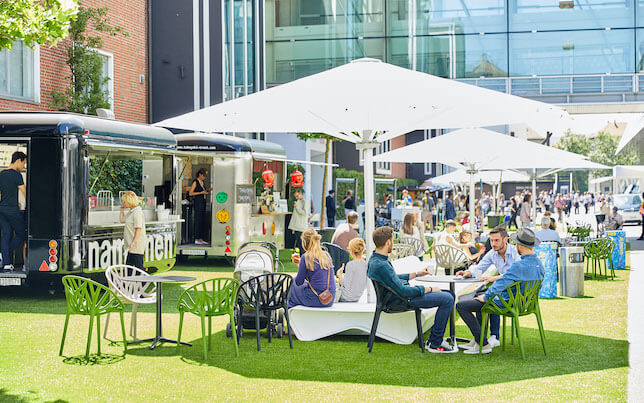
5. The sensitive issue : prices
If you have a crush on a work, you will surely want to know its price. However, you will notice that it is very rare for that information to be displayed. If you are ready to buy, ask the dealer directly for the price. But if you are not in a hurry, or if you fear having to react to a figure that is way out of your budget, you can also express your enthusiasm for the work and ask to receive a catalog of the artist’s available pieces. If you leave your email address, you will receive a document with the price for the work you like, as well as for other similar pieces that might interest you.
Be aware that galleries sometimes inflate their prices at art fairs. In any case, like on Artsper, you can always negotiate. If you are convincing, a gallery will typically offer a 10% discount, or the VAT amount. Generally speaking, they will not go beyond 15%, a percentage usually reserved for multiple purchases and regular buyers.
Also keep in mind that the geographic location of the galleries can induce additional costs. A North American gallery at the FIAC, for example, will present their prices tax-free and in US Dollars, so don’t forget to convert the currency and add the VAT of your country of residence. If you don’t plan to leave the fair with the work in hand, you will also have to consider the import fees for when the gallery has the piece delivered to you.

6. Taking the plunge
Found an artwork you want to purchase and the price is right for you? If they haven’t already disclosed this essential piece of information, make sure to ask the gallery owner if the piece is fully available. It is common for galleries to reserve a work for a collector who has arrived first and expressed his wish to buy the piece. If this is the case, don’t worry: during the fairs, the reservation window is usually short (one or two days at most) and it is always in your best interests to leave your name in case the potential buyer withdraws his offer.
In case you, too, need a short time to make sure you make the right choice, make sure to be convincing: many enthusiastic bidders eventually change their minds, and dealers are used to not counting their chickens before they’re hatched. If they don’t trust the seriousness of your intention, a dealer might sell the work to another, insisting, collector who is ready to pay for it on the spot. Another detail you may want to keep in mind: before confirming your acquisition, don’t forget to check in with your spouse or even your bank, if necessary. If you don’t pay the whole amount of the piece on the spot, you will have to pay a percentage as a down payment.
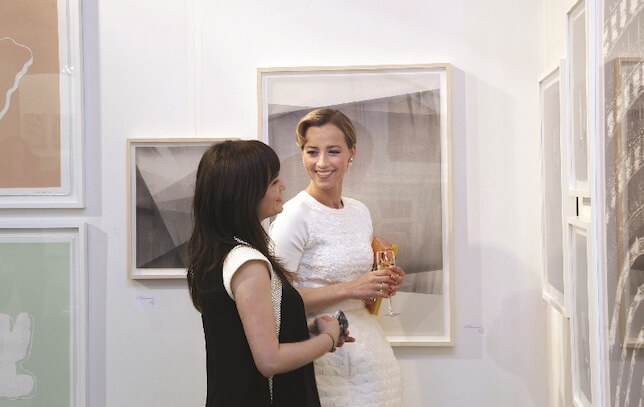
7. Think long-term
If you did not find what you were looking for at the fair, and even if you do not intend to make an acquisition in the near future, we advise you to maintain a relationship with the galleries that interest you. Ask to leave your contact information so that you can be kept informed of interesting exhibitions and possibly new works that might interest you. Once the fair is over, it is always a good idea to send an email to the exhibitors you’ve met, to thank them for their time and information. That is how one day, they will think of contacting you before they make a high-demand work available to the public.
8. To sum up…
Whether you are an amateur or an experienced collector, it is always interesting to stay on top of market trends, and contemporary art fairs are one of the best indicators. Each edition is unique: from year to year, the value of artists and the interest of collectors vary according to the year’s events (auction results, major exhibitions, etc.) and the performance of other fairs.
With this expert advice, Artsper helps you make the most of your visit so that you can enrich your knowledge and apprehend the tendencies of the market. From Art Basel, to FIAC and Frieze… you now have all the tips you need to approach a contemporary fair in the best way possible!
You might also like:

About Artsper
Founded in 2013, Artsper is an online marketplace for contemporary art. Partnering with 1,800 professional art galleries around the world, it makes discovering and acquiring art accessible to all.
Learn more